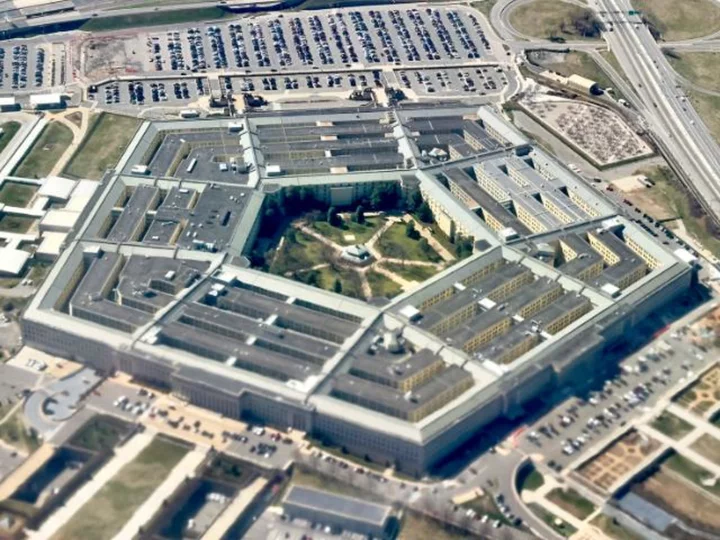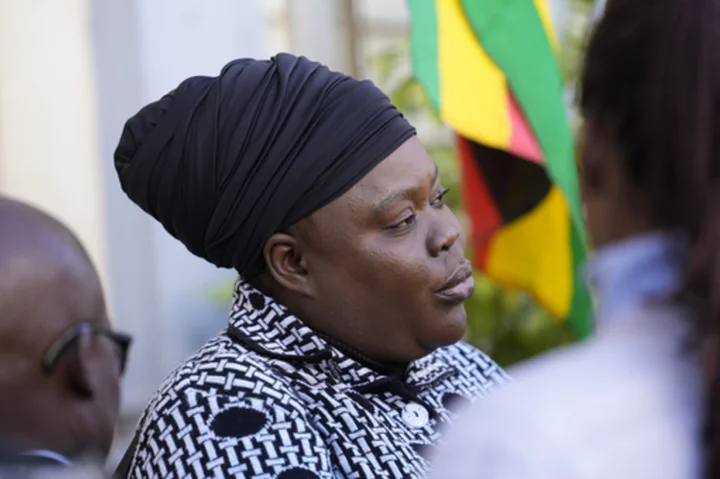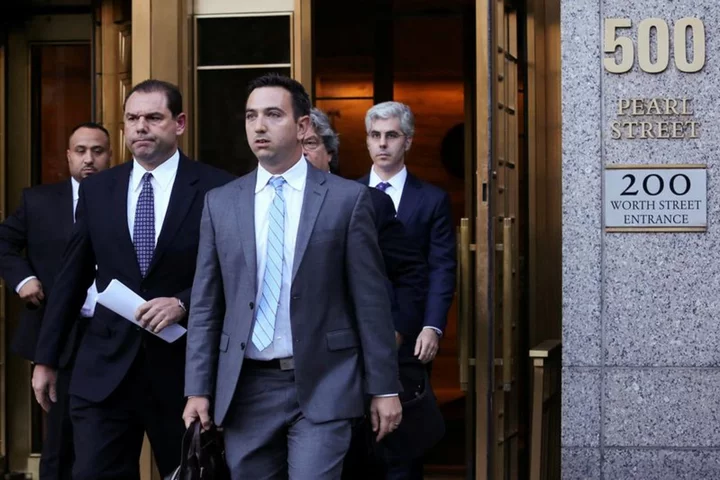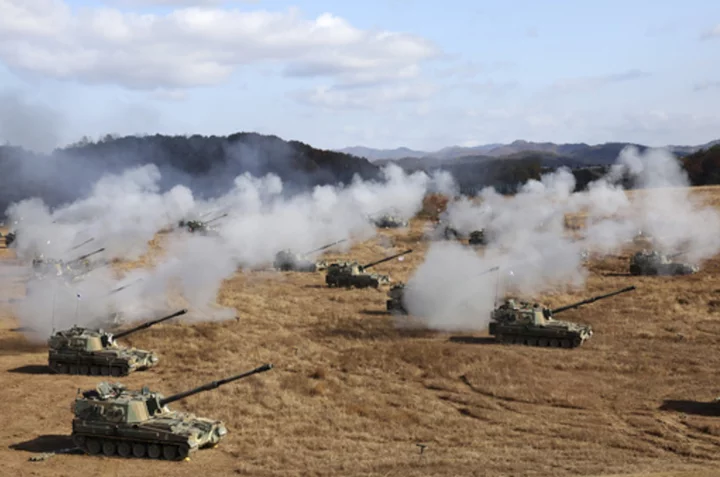The US military is set to launch a formal investigation into a drone strike in Syria in early May, six weeks after the operation and following reports it killed a civilian rather than a senior al-Qaeda leader as first claimed, three defense officials familiar with the matter told CNN.
The anticipated opening of the more formal inquiry, known as a 15-6, is the clearest sign yet that US Central Command may have botched the drone strike in northwest Syria on May 3.
In the immediate aftermath of the strike, Gen. Erik Kurilla, the commander of Central Command, and his staff had high confidence that they had targeted and killed a senior al-Qaeda leader. Despite knowing it would take several days to get a positive identification of the target since the US has no presence in that part of Syria, CENTCOM tweeted about the operation without naming the target. The tweet, which came at the direction of Kurilla, promised more information "as operational details become available."
But a month and a half after the initial message, CENTCOM has not put out any more information about the operation or identified the target of the strike. Though there is still some disagreement within the administration about the identify of the person killed, with some intelligence officials still believing the target was a member of al-Qaeda, there is a growing belief inside the Pentagon that the man killed was a farmer with no ties to terrorism.
Family members of the person killed in the strike identified him as Loutfi Hassan Mesto, a 56-year-old father of 10 who was killed while he had been out grazing his sheep.
A spokesman for CENTCOM, Michael Lawhorn, said the investigation process is continuing but that there were no updates at this time.
Meanwhile, the investigation process has dragged out.
It took US Central Command two weeks to begin a review of the incident, known as a civilian casualty credibility assessment report. That process only began a week after the Washington Post began presenting information to the command that raised questions about whether a civilian had been killed instead of a terrorist.
That report recommended the opening of an official 15-6 investigation, the defense officials said, which involves a more in-depth look at the incident led by an investigating officer with detailed requirements for the scope of the probe and a final report. The recommendation to open such an investigation is an acknowledgment that there are unanswered questions about the operation.
The official initiation of a 15-6 investigation would require sign off from the command authority. In the case of the May 3 strike, that authority comes from Gen. Matthew McFarlane, the commander of Combined Joint Task Force - Operation Inherent Resolve, the mission focused on the defeat of ISIS.
The episode has raised questions about how thoroughly CENTCOM has implemented the military's civilian harm mitigation policy, a process for preventing and responding to civilian casualties as a result of US military operations.
The policy was developed in 2022 after a botched US drone strike in Kabul that killed 10 civilians in the final days of the withdrawal from Afghanistan. In that case, CENTCOM opened a formal 15-6 investigation into the strike within a week of the operation.
"We are once again watching the US military forced to walk back initial claims of a righteous strike as a family is grieving devastating loss and so, at the minimum, the investigation results should be made public," said Annie Shiel, the US advocacy director for the Center for Civilians in Conflict.
Shiel said the military's investigations of civilian harm have varied greatly between incidents and depended largely on the preferences of individual commanders. She called for a transparent investigation that includes witnesses and family members of the deceased, instead of relying solely on information internal to the Defense Department. Past military investigations, she said, have sometimes looked only at the information that led to the strike in the first place rather than collecting more evidence from outside sources, such as NGOs working on the ground and the media.
"The public deserves to know how and why this happened and what steps will be taken to respond to the incident to end this pattern of harm."
Following the operation in May, a Pentagon spokesman said Defense Secretary Lloyd Austin has "complete confidence" in the Defense Department's civilian harm mitigation efforts.
"I think our record speaks for itself in terms of how seriously we take these," said Pentagon press secretary Brig. Gen. Pat Ryder at a briefing on May 23. "Very few countries around the world do that. The secretary has complete confidence that we will continue to abide by the policies that we put into place."









